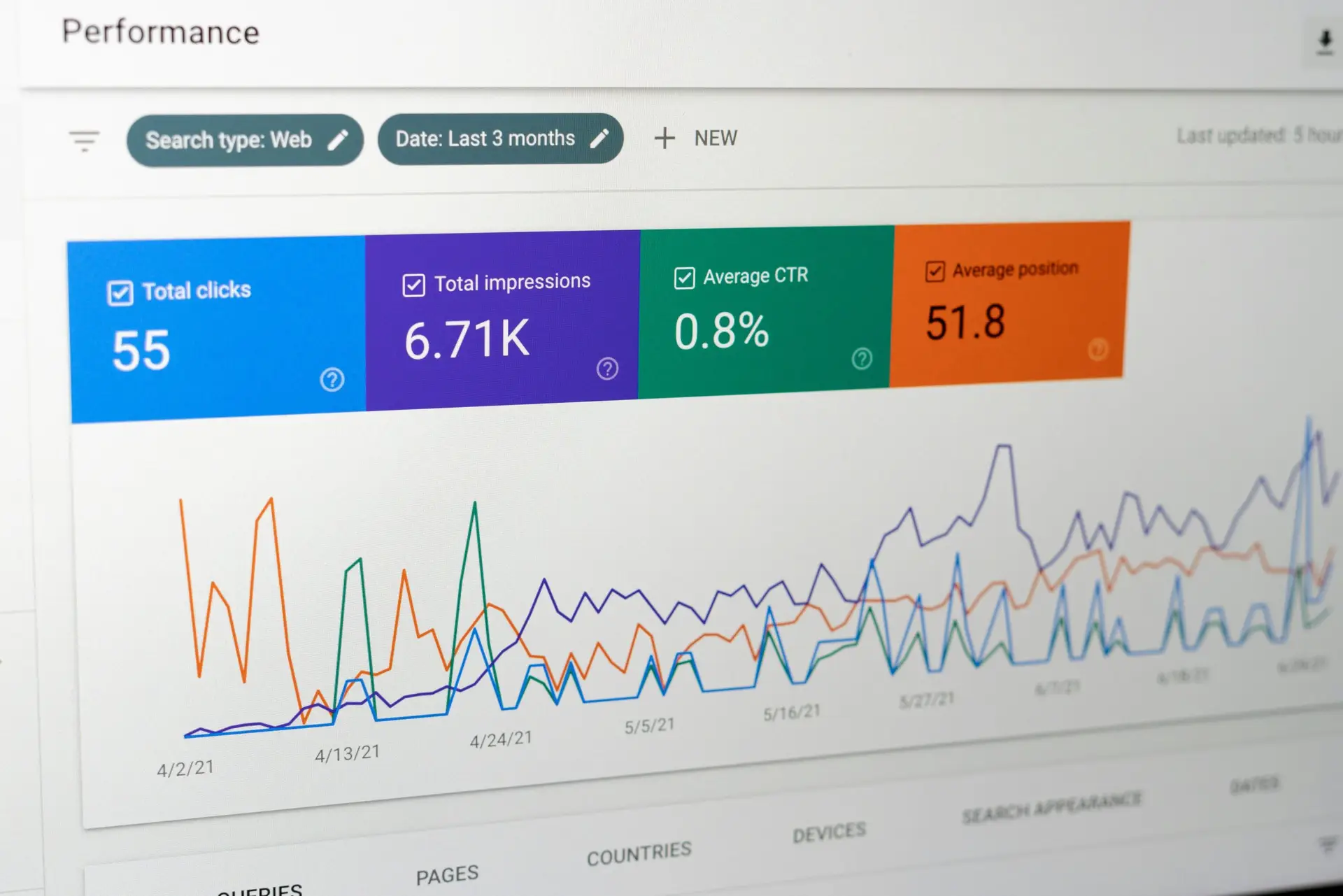
Cracking the Code: A Beginner’s Guide to How SEO Works
Imagine the internet as a vast, constantly expanding library containing billions of books (websites). Search engines like Google are the librarians. Their job is to help visitors (users) find the exact book they’re looking for, as quickly as possible. **Search Engine Optimization (SEO)** is the process of carefully writing, designing, and organizing your “book” so the librarian understands it, trusts it, and recommends it above others.
At its core, SEO works through three fundamental pillars, which mirror the librarian’s own process: Crawling, Indexing, and Ranking.
1. Crawling: The Librarian’s Scouts
First, the librarian needs to know your book exists. Search engines send out automated programs called “crawlers” or “spiders” to endlessly explore the web by following links.
* **How it works:** These crawlers discover web pages, read their content (text, code, links), and then follow the links on those pages to discover new ones.
* **The SEO Goal:** Your job is to make sure your site is easy to crawl. This means having a clear site structure, using simple links, and avoiding technical blocks that might prevent these digital scouts from exploring your content.
2. Indexing: Organizing the Library Catalog
Once a page is crawled, the search engine analyzes its content and stores the information in a massive database called the **index**. This is the library’s catalog.
The index doesn’t just save the page; it understands its key topics. For example, when a crawler reads this article, it understands that the key themes are “SEO,” “how search engines work,” “crawling,” and “ranking.”
* **How it works:** The engine breaks down the content, identifies keywords, assesses the quality of the writing, and notes other relevant signals.
* **The SEO Goal:** To create high-quality, relevant, and clearly written content that the search engine can easily understand and categorize correctly. If your content is confusing or irrelevant, it won’t be shelved in the right part of the catalog.
3. Ranking: Making the Recommendation
When a user types a query (e.g., “best running shoes for flat feet”), the search engine sifts through its index of billions of pages to find the most helpful answers. It then sorts these answers into a list—the Search Engine Results Page (SERP). This sorting process is **ranking**.
This is the most complex step, governed by a sophisticated algorithm that considers hundreds of factors. The most critical ones fall into two categories:
* **On-Page SEO:** This is about the quality of your “book” itself.
* **Content & Keywords:** Does your page directly and thoroughly answer the user’s query? Using relevant keywords naturally within titles, headings, and body text is crucial.
* **User Experience:** Is your page fast, easy to read on a mobile device, and secure (HTTPS)? A positive user experience is a major ranking signal.
* **Off-Page SEO:** This is about your reputation and credibility.
* **Backlinks:** The single most powerful signal. When other reputable websites link to your page, it acts like a vote of confidence. The more high-quality votes you have, the more trustworthy the librarian (the search engine) considers you.
The Ultimate Goal: The User
It’s vital to remember that the librarian’s primary goal is to satisfy the visitor. Every update to Google’s algorithm is designed to better serve the *user’s intent*. The key to successful SEO in 2024 and beyond is not to trick the system, but to align with its purpose: **create the best, most helpful answer to a user’s question.**
By focusing on these pillars—making your site crawlable, creating index-worthy content, and building a reputable site that deserves to rank—you are speaking the search engine’s language and, more importantly, providing value to the people you want to reach.
Hi, this is a comment.
To get started with moderating, editing, and deleting comments, please visit the Comments screen in the dashboard.
Commenter avatars come from Gravatar.